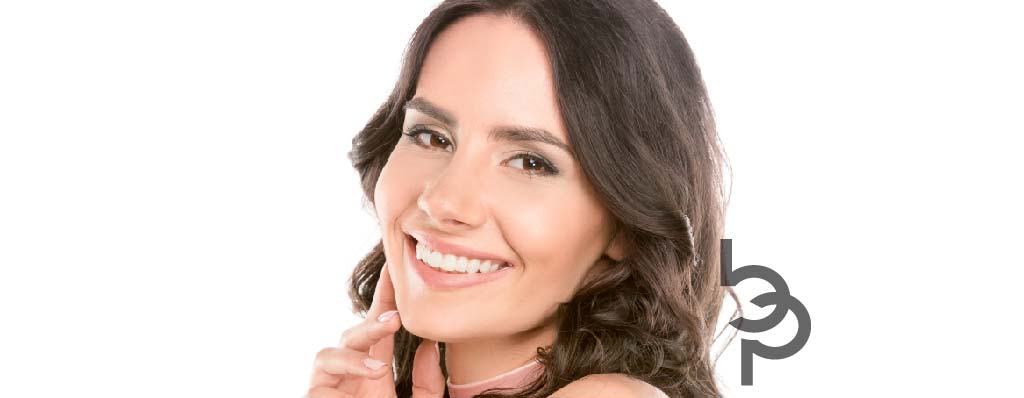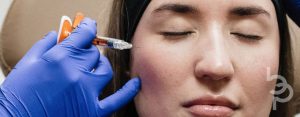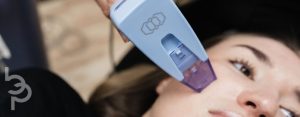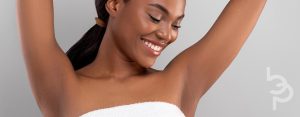Frown lines and crow’s feet are tell-tale signs of aging that many of us notice every morning in the mirror. Are you tired of seeing these unwanted guests that seem to have moved in permanently on your face?
Choosing the right solution isn’t straightforward with so many options on the market. In the showdown of Botox versus Dysport, understanding the subtle nuances between these popular treatments could be your key to unlocking a younger-looking you. Each has its merits, but which one will best iron out those pesky wrinkles and restore that vibrant, youthful glow you’re longing for?
Keep reading for a detailed comparison to discover the best fit for your skin rejuvenation needs.
1. Composition and Active Ingredient
When it comes to injectable treatments, understanding what’s in the syringe is crucial. Botox and Dysport are both derived from botulinum toxin type A, but they are not identical.
Botox uses OnabotulinumtoxinA, while Dysport contains AbobotulinumtoxinA. This slight variation in the active ingredient affects how each product behaves once injected.
Botox, known for its precise and targeted action, is often preferred for smaller areas like around the eyes. This precision comes from its heavier protein load, which makes it stay put more effectively.
Dysport, on the other hand, has a lighter protein load. This difference allows it to diffuse more broadly and makes it a better choice for larger areas such as the forehead.
2. Diffusion and Spread
A significant difference between Botox and Dysport lies in their diffusion properties. Botox is known for its precision. It tends to stay close to the injection site, which is beneficial for targeting specific areas without affecting surrounding muscles.
This precision makes Botox a preferred choice for areas like the forehead and around the eyes, where detailed work is often necessary.
Dysport, however, spreads more once injected. This characteristic can be advantageous for treating larger areas or for patients who desire a more natural, blended result. For instance, when treating frown lines, the broader spread of Dysport can provide a softer, more relaxed appearance.
3. Onset of Results
Timing can be a crucial factor when choosing between Botox and Dysport. Botox results typically start to appear within three to five days after the injection, with full effects visible around the two-week mark. For many, this timeline is satisfactory and allows for planning treatments around events or busy schedules.
Dysport often boasts a quicker onset, with some users noticing improvements in as little as two to three days. This faster action can be particularly appealing for those seeking immediate results, perhaps before a special occasion or an important event.
4. Duration of Results
One of the major deciding factors when choosing between Botox and Dysport is how long the results last. Both treatments offer a temporary reprieve from lines and wrinkles, but their longevity can vary. This may impact your treatment schedule and overall satisfaction.
Botox benefits from a robust track record of providing consistent results that last about 3 to 4 months. This timeline is ideal for many who appreciate the predictability and established effectiveness of the treatment.
On the individual level, the longevity of Botox effects can depend on factors like:
- Muscle strength
- Metabolism rate
- How actively you use your facial muscles
On the other side, Dysport may edge out Botox in terms of duration for some users. Often, those who opt for Dysport enjoy its effects for up to 4 to 5 months. This extended effectiveness is one of the Dysport pros and cons to consider, especially if you prefer longer intervals between treatments.
However, it’s important to note that results can vary widely from person to person, influenced by similar factors that affect Botox results.
5. Botox versus Dysport Treatment Areas
Choosing the right product for specific facial areas is crucial in cosmetic injectables. Both Botox and Dysport are effective in their own right but excel in different applications due to their unique properties.
Botox is highly favored for its precision in treating small, detailed areas. Commonly treated areas include:
- The crow’s feet at the corners of the eyes
- Frown lines between the eyebrows
- Forehead lines
The formula’s ability to stay localized makes it ideal for targeting specific muscles without affecting surrounding areas. This precision ensures that expressions remain natural while reducing unwanted wrinkles.
Dysport offers advantages when treating broader areas. It tends to spread a bit more after injection, which can be particularly beneficial for covering larger areas like the entire forehead. This characteristic makes Dysport suitable for clients who need more extensive coverage or who have broader facial features.
Additionally, because it spreads effectively, Dysport can provide a more uniform smoothing effect, which is crucial for areas like the forehead where an even appearance is desirable.
6. Units Required and Cost
The number of units required for effective treatment varies between Botox and Dysport due to their different formulations.
Generally, Botox is more potent on a per-unit basis, which means fewer units are needed to achieve the desired effect. For example, treating the forehead might require around 20 units of Botox.
Dysport, while effective, typically requires more units because it is less concentrated. A similar treatment area might need about 60 units of Dysport. This difference in units can impact the overall cost of the treatment.
Despite needing more units, Dysport often has a lower cost per unit compared to Botox. Therefore, the total cost for a session can be comparable between the two, depending on the provider’s pricing.
When considering cost, it’s important to factor in not just the price per unit but also the frequency of treatments. Dysport’s potential for longer-lasting results can mean fewer treatments over time, which could make it more cost-effective in the long run.
Uncover Your Path to Youthful Skin
After exploring the six fundamental differences between Botox versus Dysport, it’s clear that each has unique strengths. Whether you value quicker results or longer-lasting effects, understanding these options empowers you to make informed decisions tailored to your needs.
At Beauti Pharm, we specialize in helping you achieve optimal results with both treatments. Our expert team, led by Laura Stillman, provides personalized guidance to match the right solution to your aesthetic goals.
Ready to experience the benefits of professional injectable treatments? Contact us today to schedule your consultation and take the first step towards a more youthful you.




